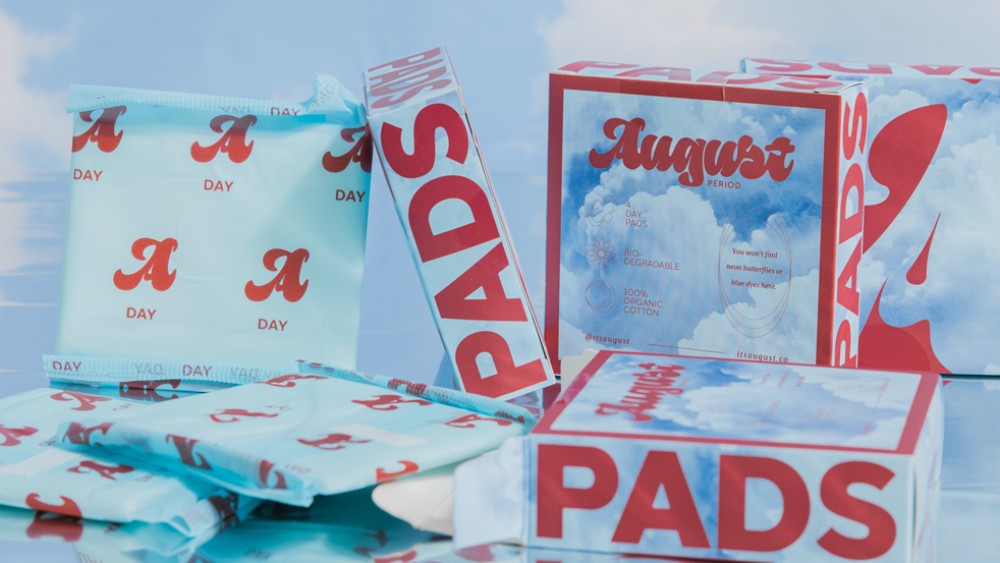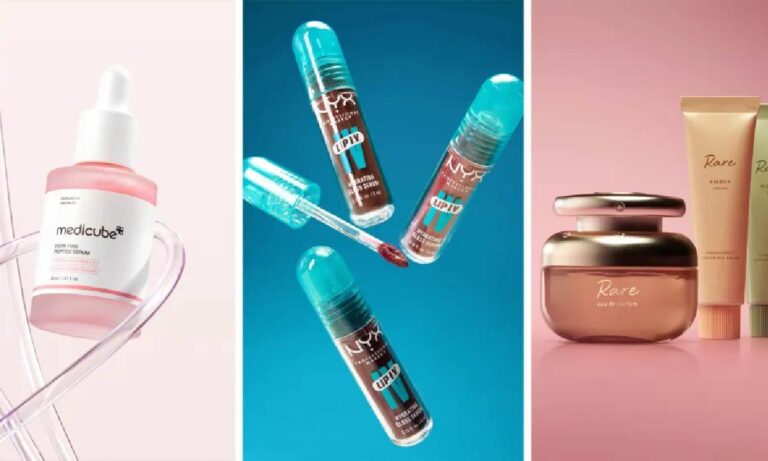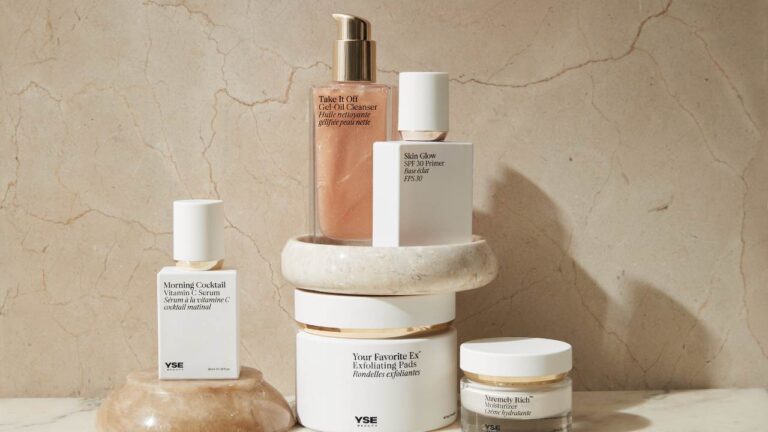
BeautyRival – The independent beauty world is in the middle of a reckoning. Six months into President Trump’s renewed tariff policies, and amid a global rise in manufacturing and shipping costs, indie beauty brands are facing one of their toughest chapters yet. Once celebrated for their agility and innovation, many of these brands now find themselves squeezed by inflation, volatile supply chains, and an increasingly cautious consumer base.
The End of the Easy Boom
During the late 2010s, direct-to-consumer beauty was booming. Then, the pandemic supercharged sales of skin and hair care as people stayed home and invested in self-care. But in 2025, the story has changed. “Consumer behavior has shifted,” said Liah Yoo, founder of KraveBeauty. “Prices have gone up, job insecurity is real, and people are more conservative with their spending.”
Although data from NIQ still shows indie beauty growing 22.6 percent year-over-year — compared to beauty conglomerates’ modest 5.5 percent growth — that growth hides mounting pressure. Many founders say 2025 feels tougher than 2020, when ingredient shortages and shipping chaos were the main threats. “During COVID, if you secured inventory, you were fine,” Yoo said. “Now, even that doesn’t guarantee survival.”
“Read More : Chanel’s Celestial Comeback: Matthieu Blazy Redefines the Fashion Universe in Paris”
The Cost of Uncertainty
Tariff fluctuations have become a nightmare for brand planners. “The impact will be clear in 2026,” said Rich Gersten, cofounder of True Beauty Ventures, investor in brands like Sofie Pavitt Face and Crown Affair. “Many brands had already bought their 2025 inventory before tariffs hit.” Still, signs of stress are already visible.
A string of indie darlings — Ami Colé, Youthforia, Good.clean.goop, and Sknmuse — have shuttered in recent months. Others, like Nudestix, were acquired under financial strain. “We’re preparing for difficult times,” said Jose Penalba, CEO of distributor Amerikas. “Between higher costs and cheaper K-beauty imports, most brands are struggling to grow.”
Capital Is Scarce and Expectations Are Higher
Adding to the tension, funding is harder to secure. “Indie beauty brands need more capital than ever to survive,” said Cristina Nuñez, also of True Beauty Ventures. “But the bar for investment has never been higher.”
Investors are pouring money into billion-dollar deals like Rhode and Medik8, while smaller brands find it nearly impossible to raise modest rounds. “Gone are the days when top-line growth got you funded,” Nuñez added. “Now, you need to show efficiency and smart use of capital.”
“Read More : Oslo Skin Lab Debuts in Milan with Exclusive Beauty Pop-Up”
Adapting to Survive
With money tight and tariffs unpredictable, indie founders are focusing on efficiency and adaptability. “Brands that stay resourceful will come out stronger,” Nuñez said. “They’ll earn investor trust and build lasting foundations.”
For some, this means changing how and where they operate. Nick Jain, cofounder of August, a sustainable period care brand, said tariffs forced them to rethink manufacturing. “When tariffs hit 100 percent, importing became impossible,” he said. “We started setting up a backup factory in Germany.” Still, the move has increased per-unit costs. August is absorbing those costs for now, with no plans to raise prices — but also no plans to manufacture in the U.S. “It’s not feasible,” Jain explained. “You can’t just start making FDA-regulated products overnight.”


